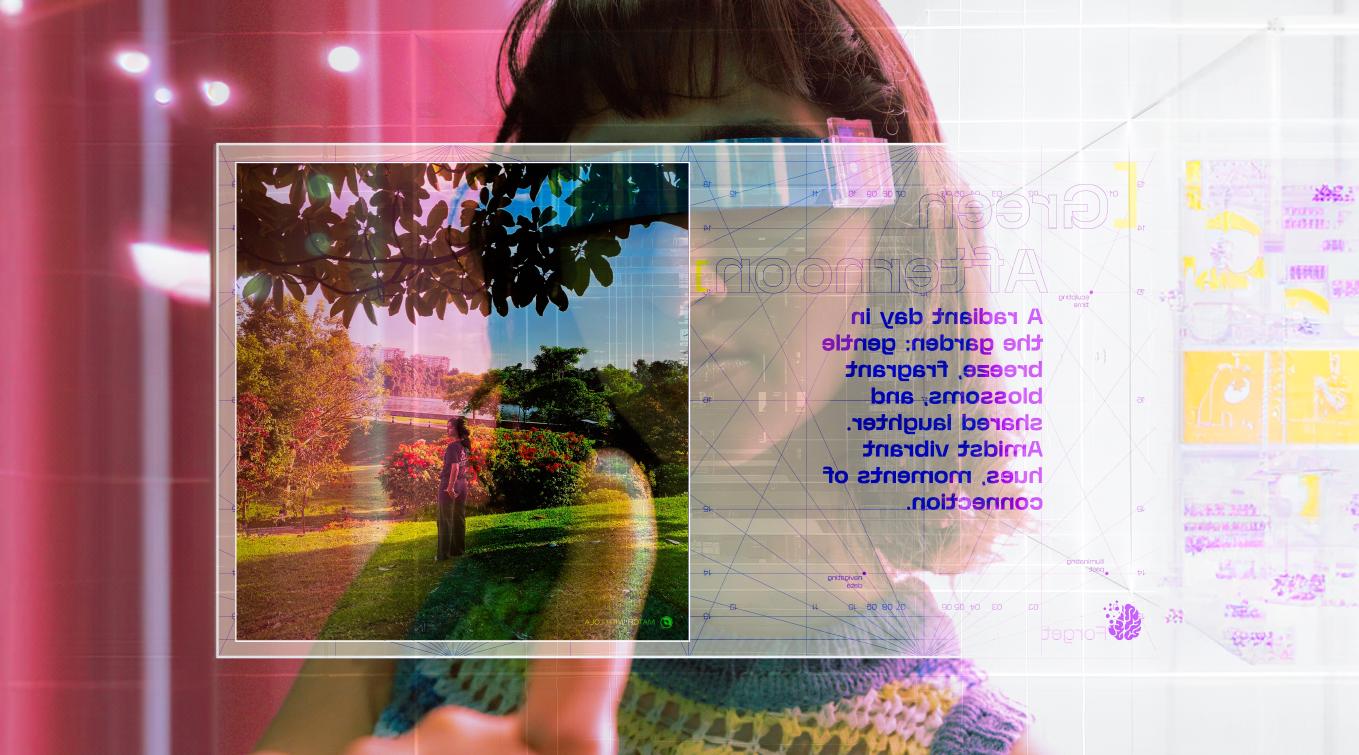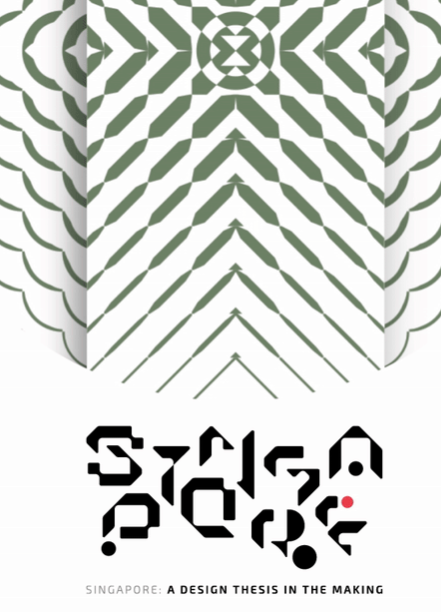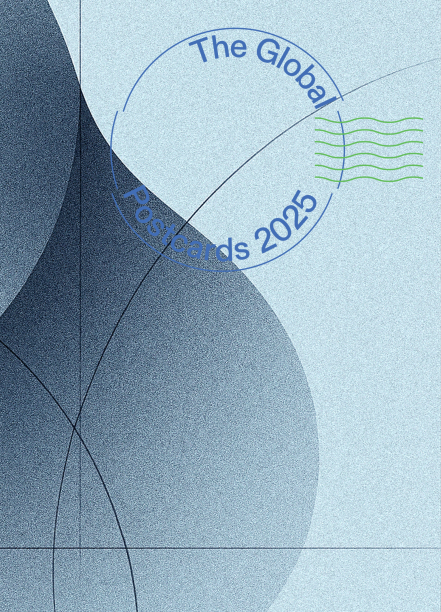By Dr Wolfgang Muench
Ask ChatGPT, “Should arts students be concerned about artificial intelligence (AI)?” and the response is, “Yes, arts students should be concerned about AI.”
Some reasons for concern, ChatGPT goes on to elaborate, include how AI will change creative processes, its impact on job markets, and ethical and philosophical questions around its usage.
When the AI itself readily affirms your doubts, there’s something almost fatalistic about it. At the same time, reading this response, I’m reminded that none of these doubts or ideas originated with ChatGPT. Everything here echoes what I have heard before from artists and students, and ChatGPT, in fact, has not produced or synthesised any new arguments.
Yet, through ChatGPT’s reply, it is clear that there are fears amongst arts students about AI, especially that it could replace human artists.
However, AI’s impact on the way we live, work and create is already considerable. The stance taken by educators in Singapore and elsewhere is that AI is here to stay, and as educators it would be irresponsible not to prepare students for a world with AI. It’s time to look at AI as a catalyst for evolution. The next generation of creatives stands at the brink of great opportunity for transformation because of it. The role of the arts educator is to guide them in making the most of this opportunity.
Living in a world with AI
AI has disrupted the art world, especially with generative AI, which includes large language models like ChatGPT and image creation tools such as Midjourney and Stable Diffusion. These technologies have sparked debates on authorship, intellectual property, and authenticity. The education sector is no exception.
What educators in Singapore and elsewhere must do is prepare students to engage with AI courageously and responsibly. This is even more significant in arts education. AI already has and will continue to have a substantial impact on the creative process and role of the artist within the new sociocultural and economic environment.
Generative AI opens up new opportunities in artistic expression, offering novel techniques and possibilities that may not be achievable through traditional means alone. It can inspire experimentation and collaboration, pushing the boundaries of what is considered art.
However, AI-generated works cannot challenge the depth of human emotion and artistic intentionality.
Take Google’s Olympics advert, “Dear Sydney”, featuring an AI-written letter from a young fan to her sporting hero, US hurdler Sydney McLaughlin-Levrone. The ad’s suggestion that a child’s feelings - and parental support for expressing them - could be outsourced to generative AI received an immediate public backlash. Google was forced to pull the ad. This example shows that authenticity is irreplaceable and highly valued no matter what the work is. While no one expects a letter from a child to be a great creative masterpiece, it is the thought that goes into creation, the emotional labour of the process, that bears the fruit of that authenticity rather than a quick shortcut to the finished product.
A tool in the art-making toolbox
One way to prepare students to engage with AI is to approach it like any other art-making tool. As a tool, AI serves as an augmentation, not a replacement, for traditional techniques. It can respond to your prompts and generate fantastic images to spark imagination, but it cannot think independently and is subject to biases, problematic stereotyping, incorrect information and outright hallucinations. The ability to think critically about how to use your art-making tool, whether it is a camera or Midjourney, is a fundamental skill for any artist.
The best way to address fears about AI replacing human artists is to emphasise the unique strengths humans bring to the creative process. Mastery of core technical skills will always fill a market need, but above and beyond skills-based learning, it is even more critical that arts students are now guided to cultivate their voice and vision as artists.
What is it that an artist stands for? What do they care about, and how do they express it? Empathy, mutual connection and communication, and the ability to reflect and evolve one’s artistic practice are all uniquely human. AI might feel like a frightening precipice, but the opportunity it presents for young artists now to rethink and redefine the role of the artist in society is a leap of faith worth taking.
Many of the key considerations for arts educators when it comes to preparing students to engage with generative AI are not all that different from what we have been doing all along. The arts have always been about critical thinking, collaboration, creative exploration and fostering social and cultural exchange. These are all even more important as we grapple with AI.
Eventually, it is up to every artist to decide whether, and how, they wish to use generative AI in their work. Most young artists in LASALLE College of the Arts, where I teach, are still exploring, questioning and finding themselves. We cannot answer all questions for them. But as educators, our role is to ensure that students are equipped to make decisions about their practice and the tools they adopt in a way that aligns with their values, voice and purpose as an artist.
Since 2022, LASALLE has convened a working group dedicated to innovative learning environments for arts education, within which generative AI, its impact and how we can integrate it into the curriculum, has been a priority.
There is significant interest among students in exploring this emerging technology, particularly among students embarking on their final-year projects. We have seen a diverse variety of self-initiated student projects ranging from practical applications to speculative approaches when it comes to design practice, image making, designing experiences and interactions, developing AI tools or reflecting on the impact, ethics and influence of AI today and in the future.
Looking to the future
With AI technology advancing at such a rapid rate, it is impossible at this point to fully grasp its impact. By looking at the difference between ChatGPT 3 and 4, we can see that the abilities of LLMs today have vastly improved in just one year. The biggest challenge arts educators face in preparing students for an age of AI is simply the unpredictability of its development.
As such, we have to keep our minds open and the conversation going. Educators must foster a collaborative environment and opportunities for dialogue and discussion on AI.
Arts institutions play a crucial role in helping students excel in both traditional artistic skills and cutting-edge digital innovations. We must continue to support local artists with a broad range of engagements, activities and platforms for sharing knowledge.
Arts educators can be the bridge between AI practitioners and traditional artists through nurturing collaborative projects and interdisciplinary dialogue to facilitate mutual understanding and appreciation.
Emotions run high around AI in the arts, justifiably so. The path ahead will likely raise as many questions as it answers. But we must make the effort to reconcile the role of AI in the creative world of the future. Recognising, respecting and celebrating the diversity of artistic practices and perspectives is key to furthering the conversation around AI in art in a collaborative and collegial manner.
Dr Wolfgang Muench is Dean, Learning, Teaching & Research at LASALLE College of the Arts, University of the Arts Singapore.
Source: The Straits Times © SPH Media Limited. Permission required for reproduction. Access the original story here.
Image: [Archive] by Kashmira Hira Riyat




